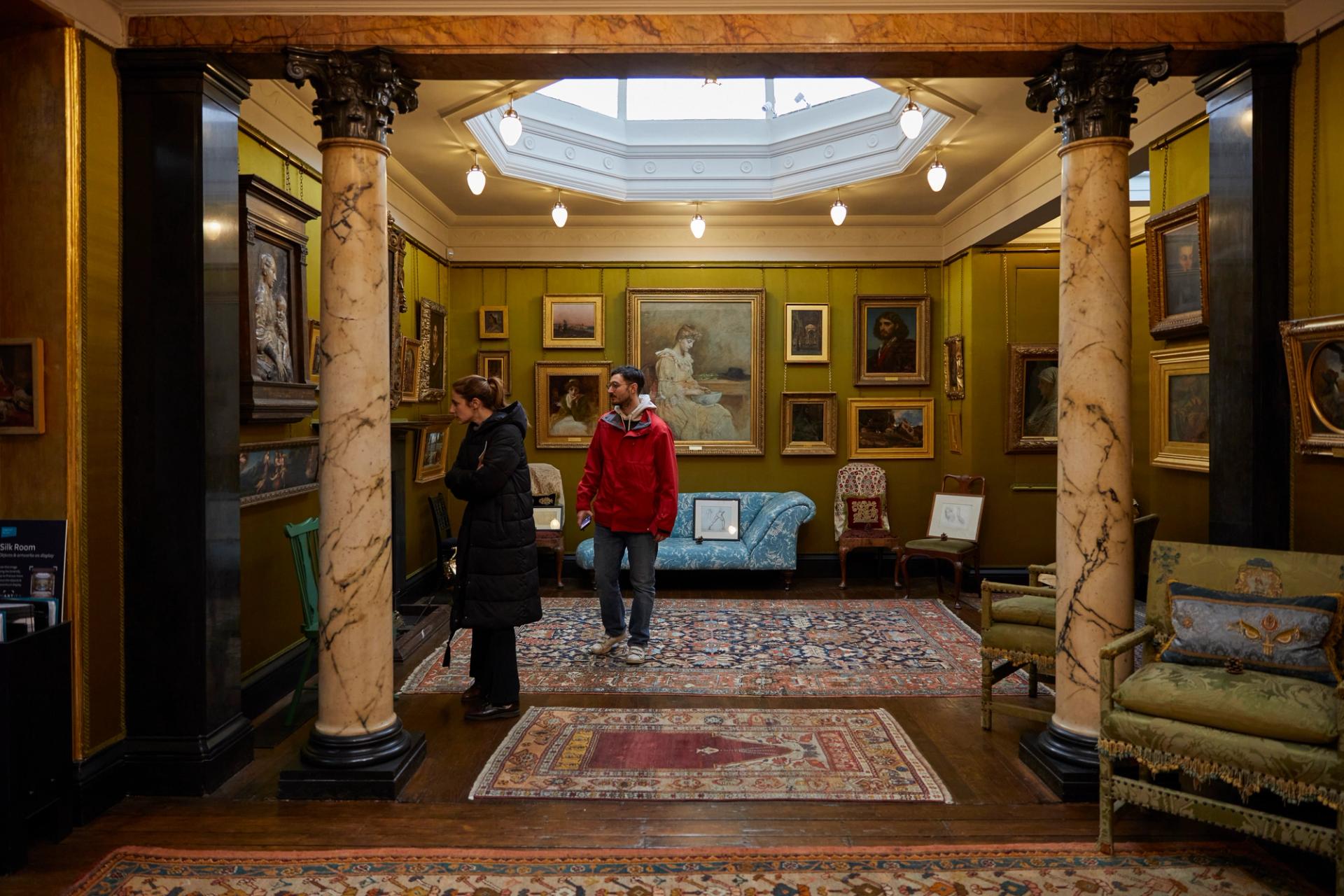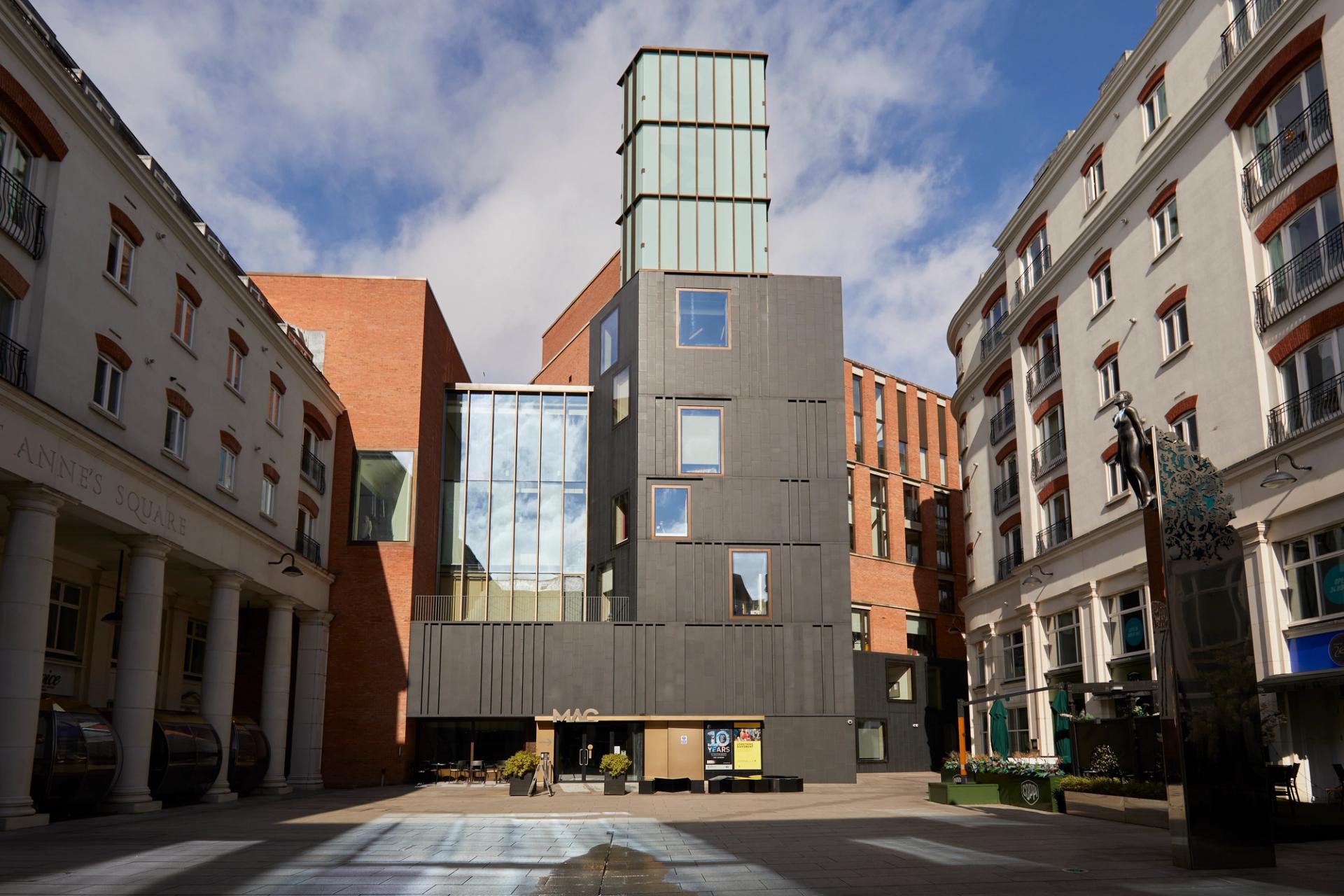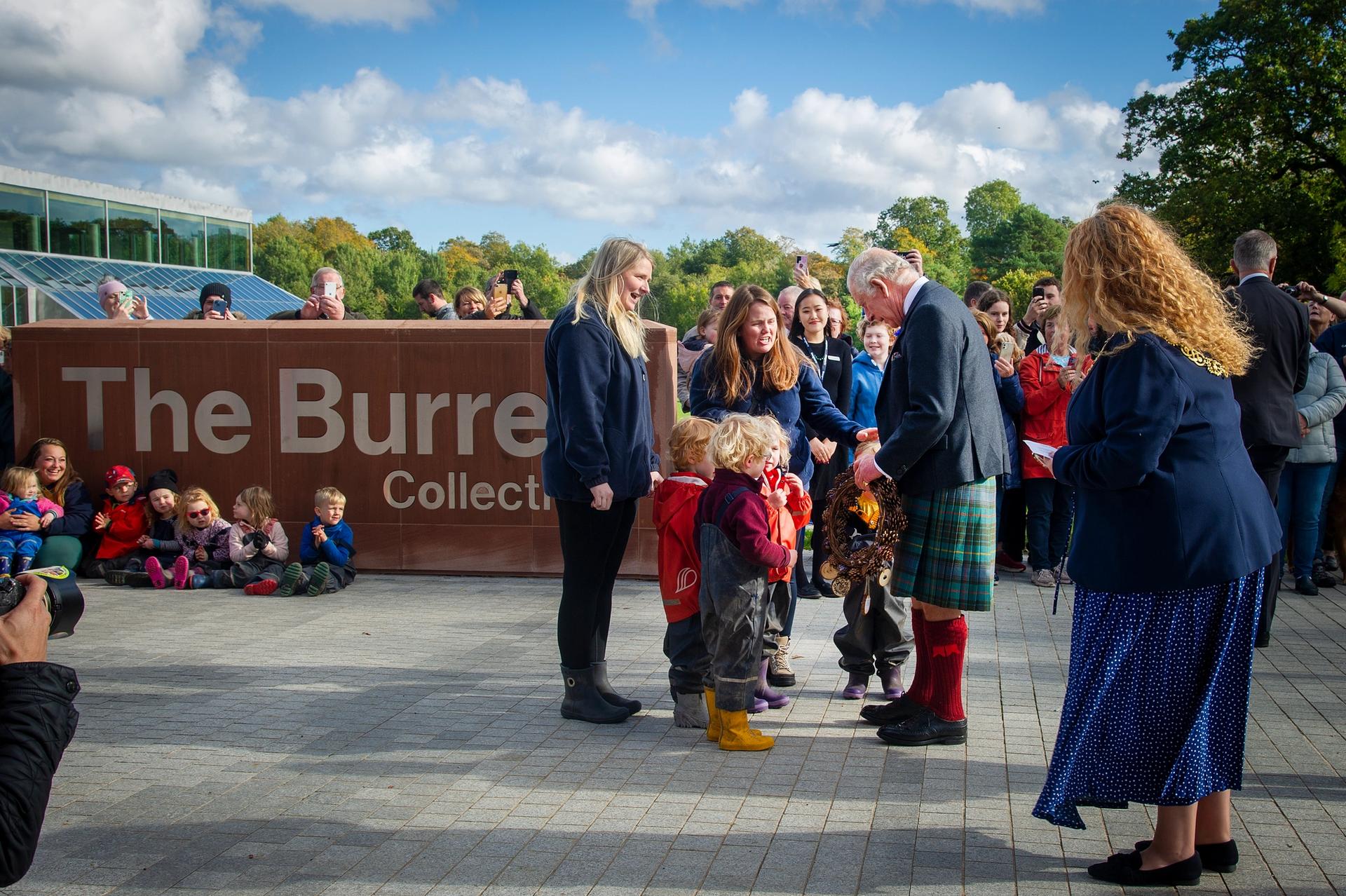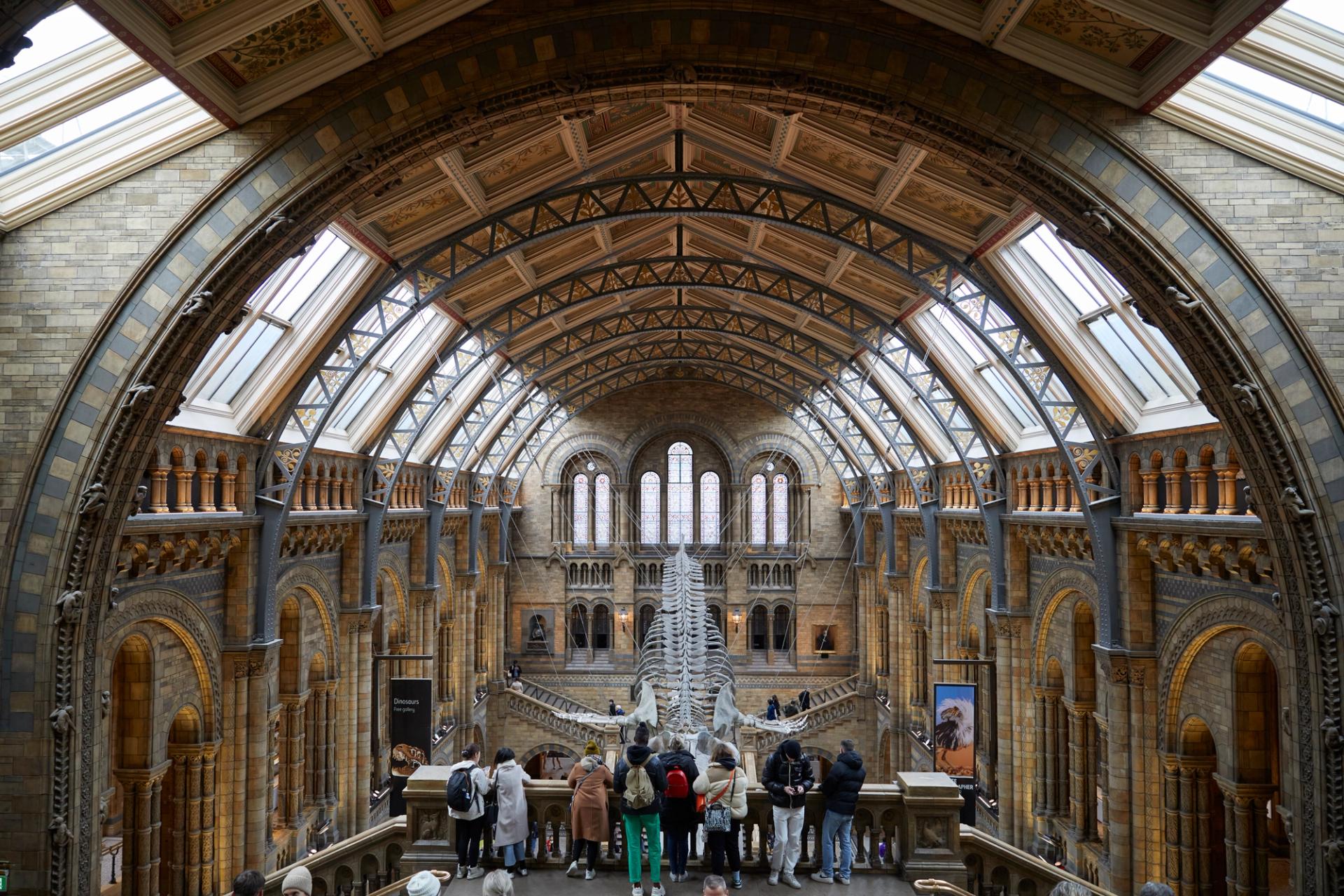A little-known museum in the Orkney Islands which reopened last year is one of five UK museums selected as finalists for the 2023 Art Fund Museum of the Year, the world’s biggest museum award.
Art Fund chose the Scapa Flow Museum on the Isle of Hoy, which has a population of 400, in the Scottish archipelago of Orkney. The museum recently underwent a £4.4million redevelopment after eight years of fundraising. It is located at Lyness on Hoy Naval Base and tells the story of Orkney Island’s singular importance in the naval battles of World War I and World War II. War historians have credited the base with a pivotal role in defending Britain’s coasts in both World Wars.
The Burrell Collection in Glasgow, Leighton House in London, the Metropolitan Arts Center (MAC) in Belfast and the Natural History Museum, also in London, join the Scapa Flow Museum on the Art Fund Museum of the Year shortlist. The winner will be announced at a ceremony at the British Museum in London on July 12 and will receive £120,000. The prize money has increased for 2023 to mark 120 years since the charity Art Fund was established in 1903. £15,000 will be given to each of the other four finalists.
In a statement, Jenny Waldman, director of Art Fund, describes the shortlisted institutions as a “model for future innovation in museums”.
“The shortlisted museums may operate on very different scales, but all demonstrate startling ambition and boundless creativity,” says Waldman. Each museum exhibited in various ways “a transformational redevelopment toward community involvement to address today’s major issues,” she adds.

Leighton House in Kensington, London © Janie Airey, courtesy of the Art Fund
Leighton House is also a relatively new comeback to the UK museum community. The former studio-home of Victorian artist and collector Frederic Leighton has been a public museum since 1900 but reopened in October 2022 after a £7.8million refurbishment which began in 2008. Leighton, the son of a Yorkshire-born doctor, was a devoted collector of Middle Eastern art, and his home, tucked away in the uptown climes of London, Kensington and Chelsea, is a marvel of Islamic art and architecture . The house now features an 11m-tall hand-painted mural by Iranian artist Shahrzad Ghaffari that decorates the walls of a newly constructed spiral staircase. The museum is owned and operated by the local council and is run by just 14 full-time staff.

The MAC, Belfast © Janie Airey Art Fund
The MAC, Belfast’s Museum of Contemporary Art, is shortlisted as it celebrates its tenth anniversary, and just like Northern Ireland is celebrating the 25th anniversary of the signing of the Good Friday Agreement. The region’s cultural sector has played a central role in promoting interfaith dialogue in the years since the signing of the agreement, and the MAC has been recognized by the Art Fund primarily for its MACtivate program, an initiative culture that reaches and engages some of the people of Belfast. the most marginalized and conflict-affected communities.

King Charles officially reopened the Burrell Collection in October 2022 © Glasgow Life, courtesy of the Art Fund
In Pollok Country Park, south of Glasgow, Scotland, the Burrell Collection is surrounded by fields, woodland and a herd of Highland cattle. Glasgow shipping tycoon William Burrell’s art collection has been housed here since 1983. But it reopened to the public in March 2022 after a six-year, £68million refurbishment.
Burrell amassed his collection in the late 19th and early 20th centuries. A review of the museum in The arts journal notes that: “Art collections don’t get much more steeped in white, masculine, wealth-driven narratives than this one.” But the museum was recognized by the Art Fund for the way staff curated, remodeled and reframed Burrell’s collection for the 21st century, which included an extensive partnership program with local schools and a range of community groups from Glasgow.

Natural History Museum, London © Janie Airey, courtesy of the Art Fund
The National History Museum in South Kensington, London, completes the quintet. The institution is the most visited indoor attraction in the UK and the guardian of one of the largest collections of scientific objects in the world, comprising more than 80 million specimens. The museum was chosen for the way it has brought its collection to life for a generation concerned about the consequences of rapid climate change. The museum employs 350 scientists who recently launched the Biodiversity Integrity Index, which summarizes the loss of biodiversity in response to human pressures, using data from ecological studies conducted around the world. Over 54,000 species are included in the index.
The museum presented the main findings of the index at the United Nations climate change conference COP27 in November 2022, helping governments to develop their climate change policies on a scientific basis. The museum exhibition Our Broken Planet: How We Got Here and How to Fix It, on view from May to August 2022, welcomed more than 1.2 million visitors.
